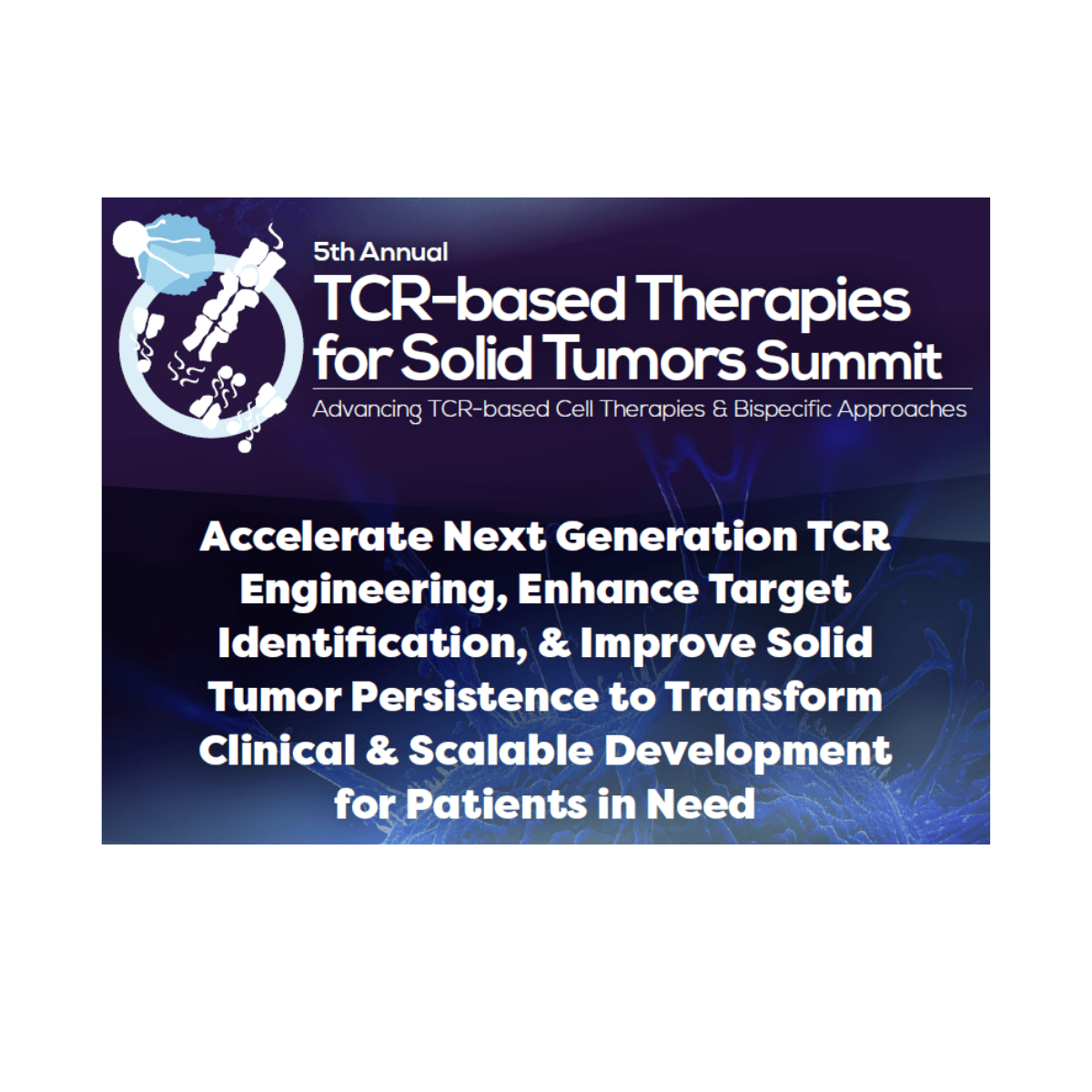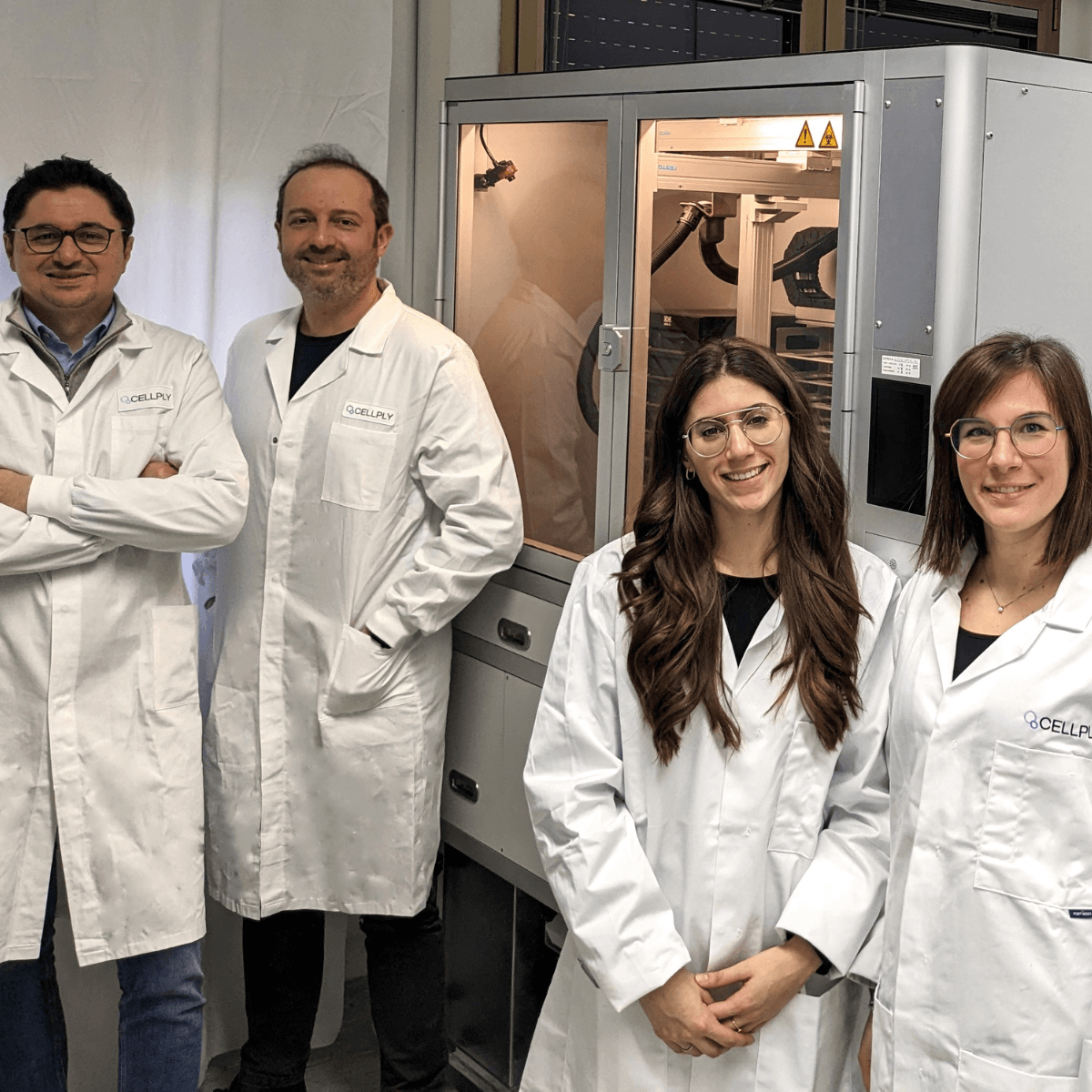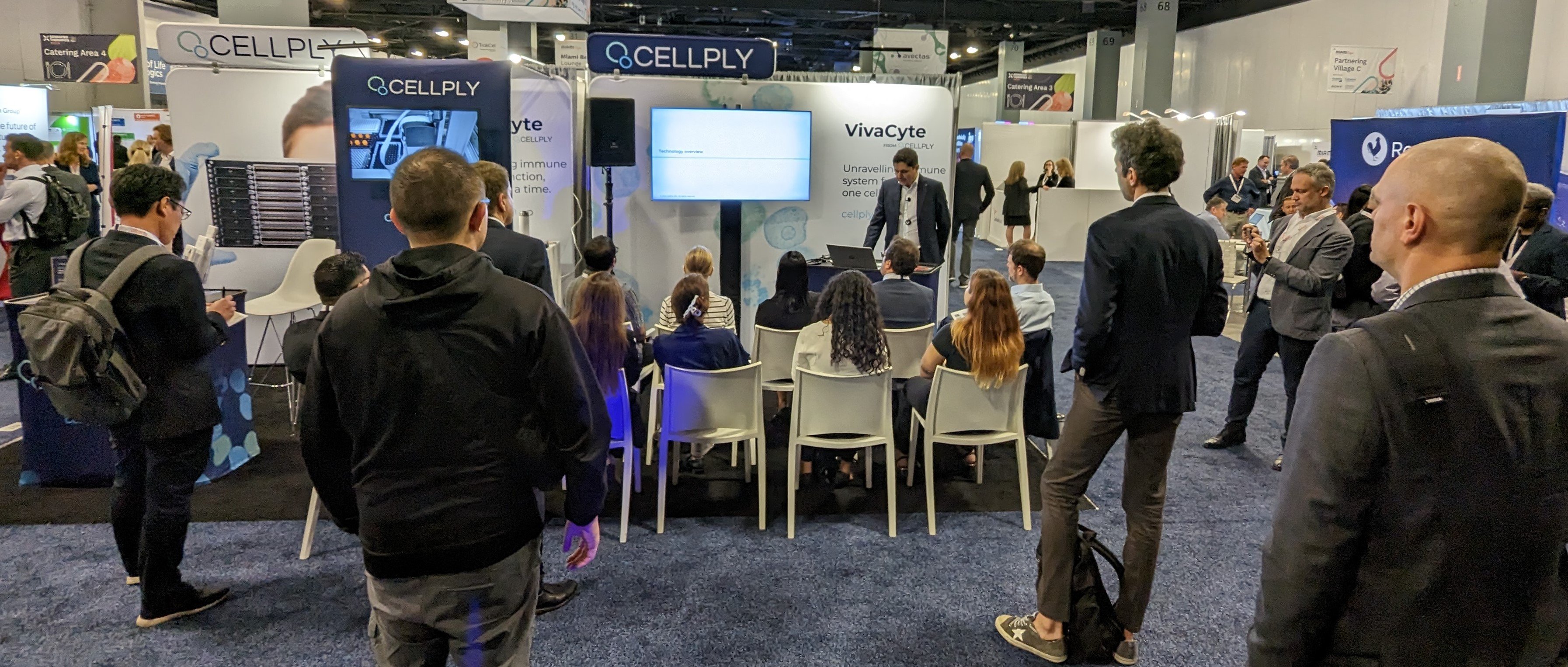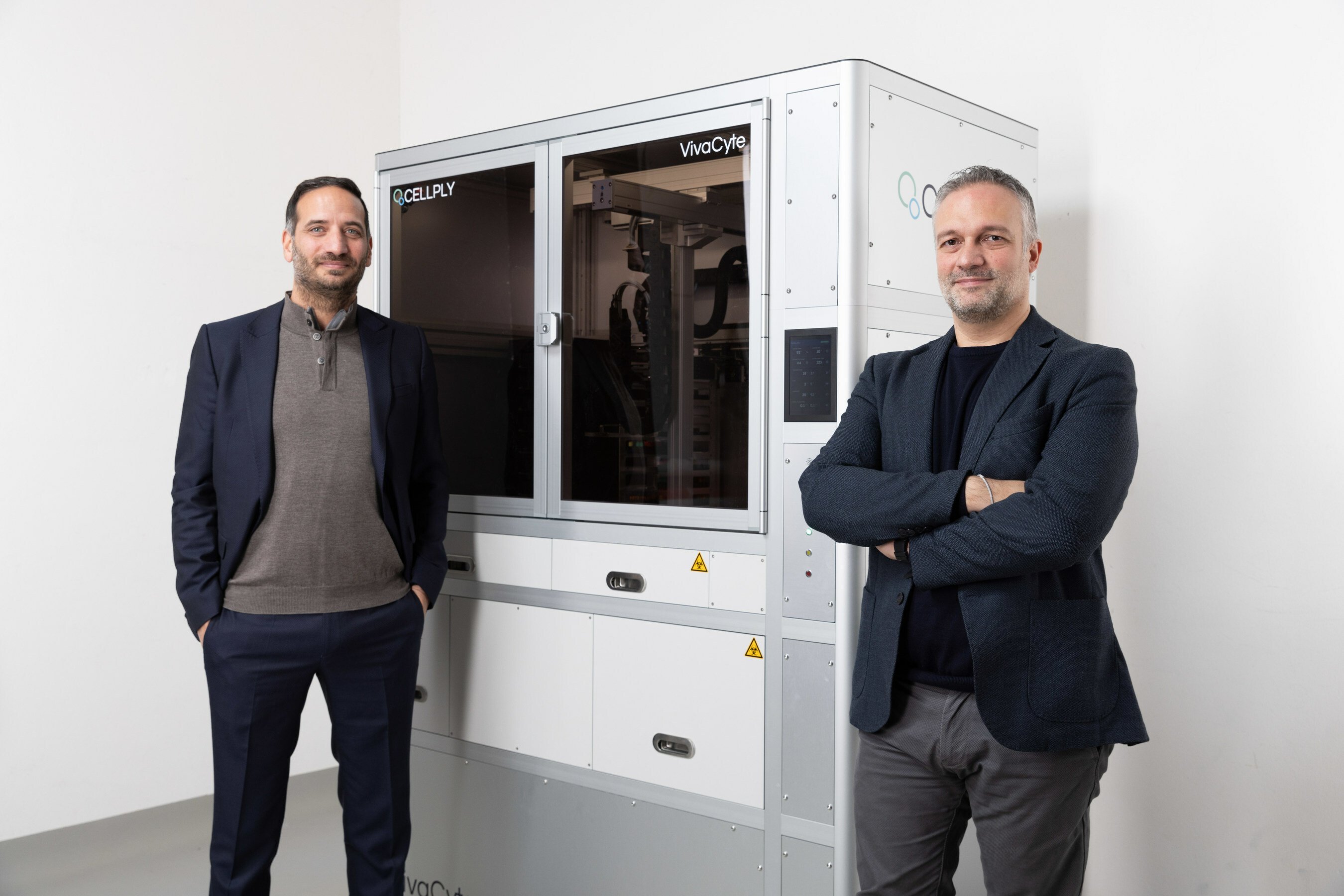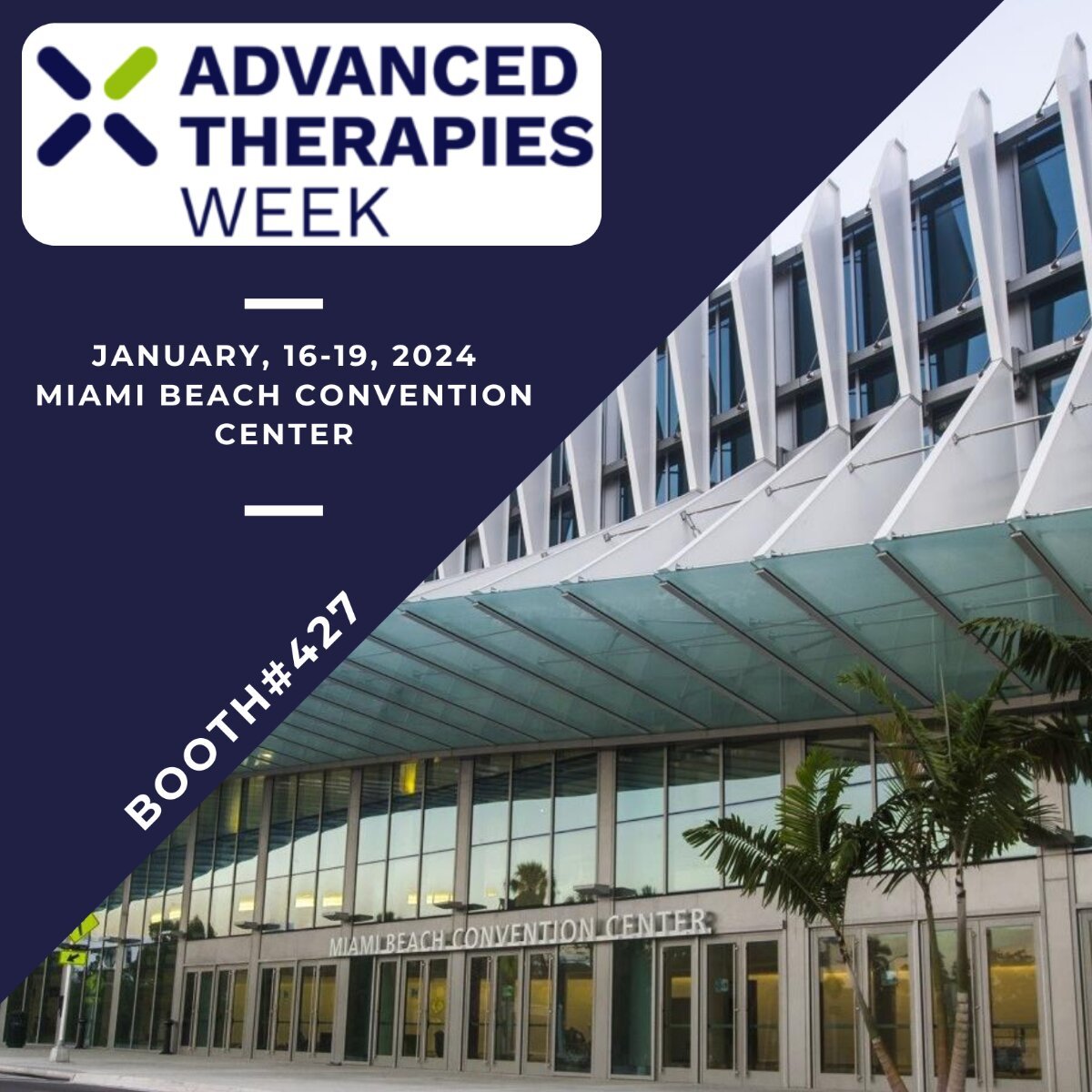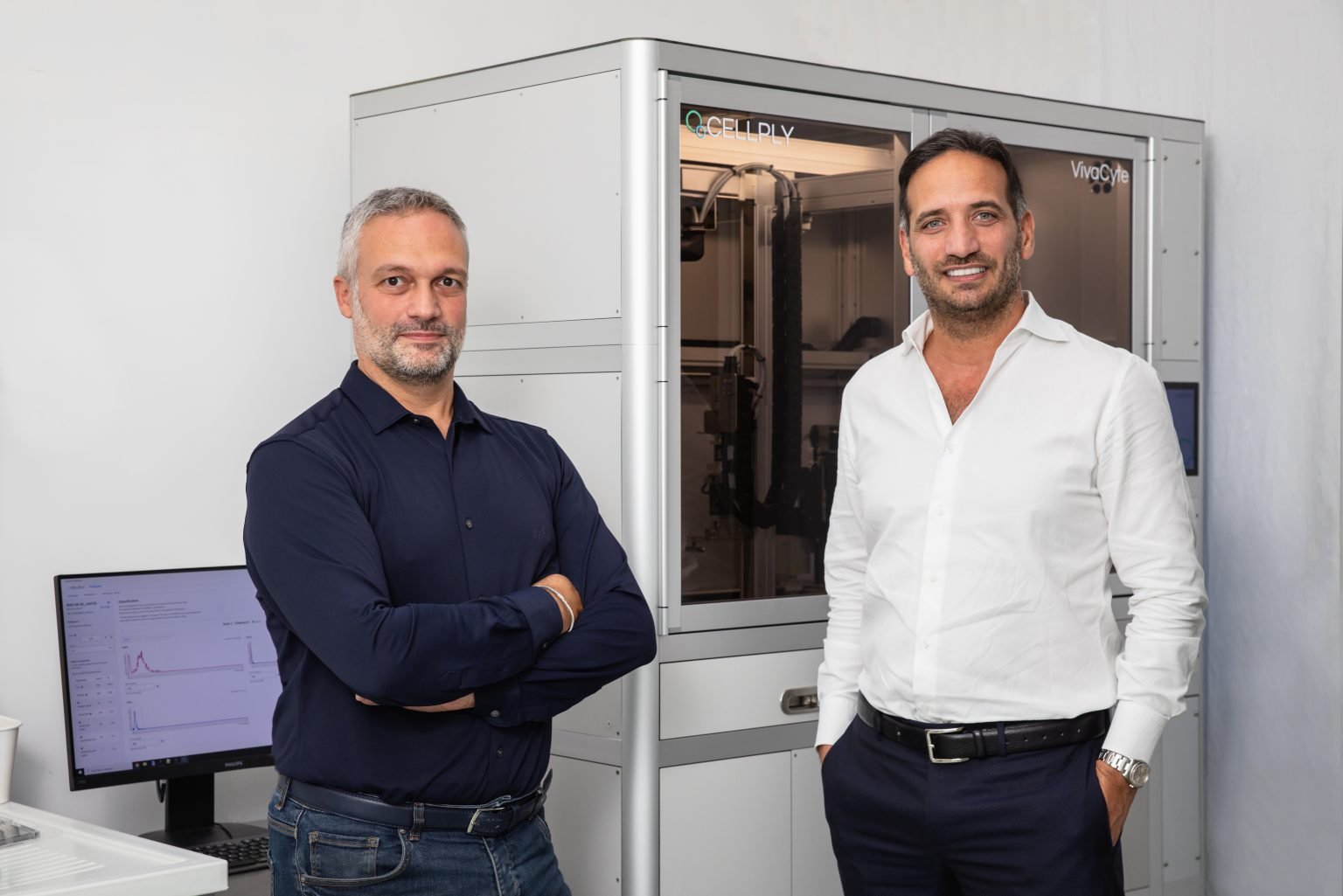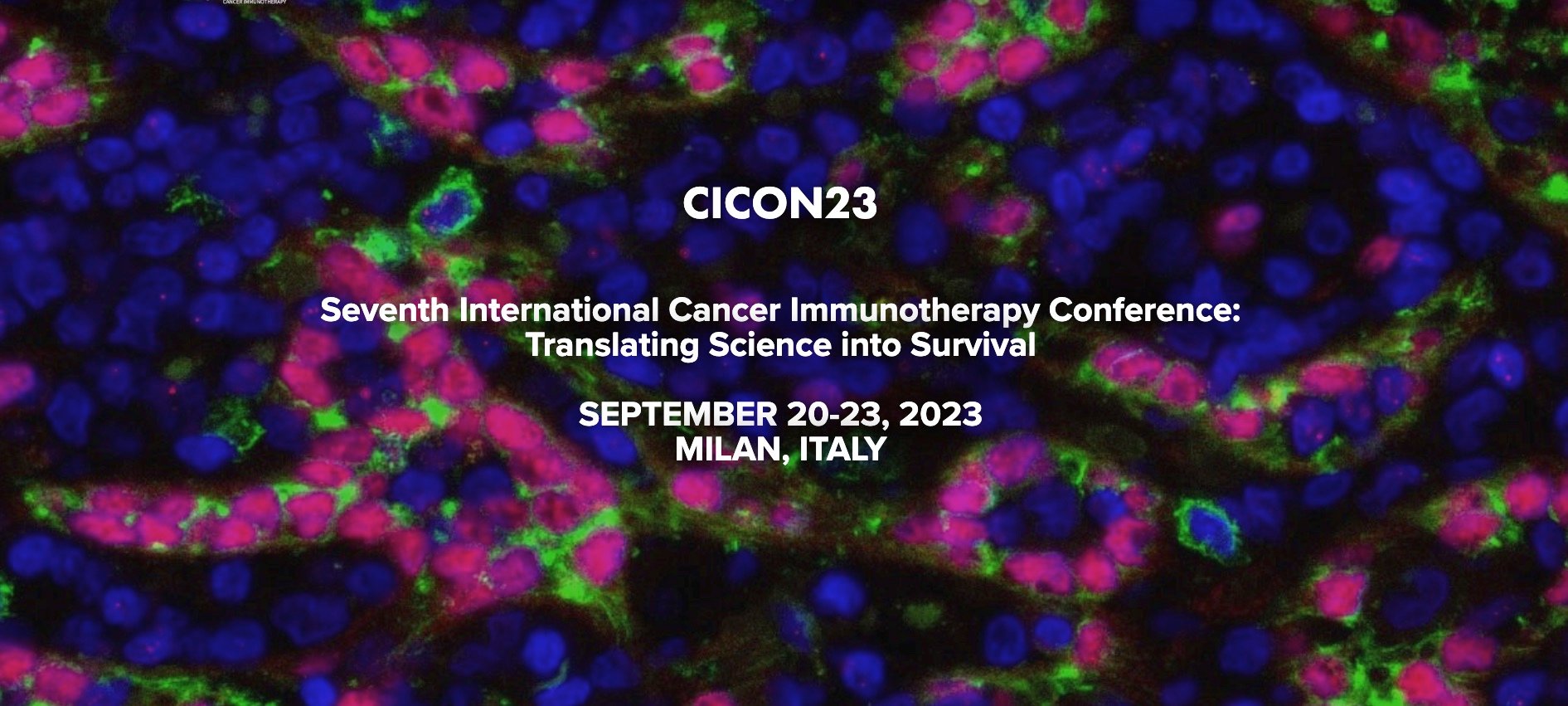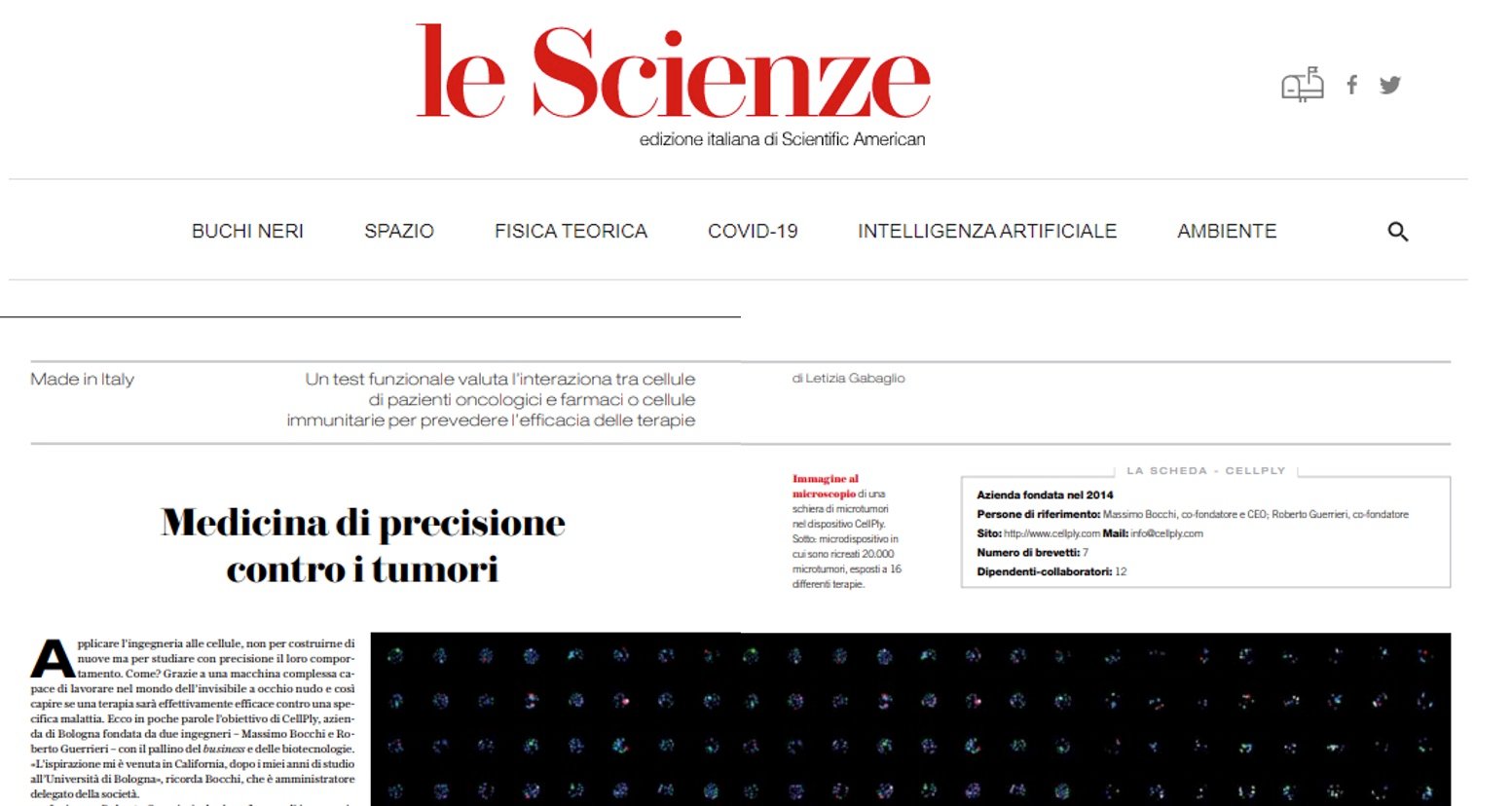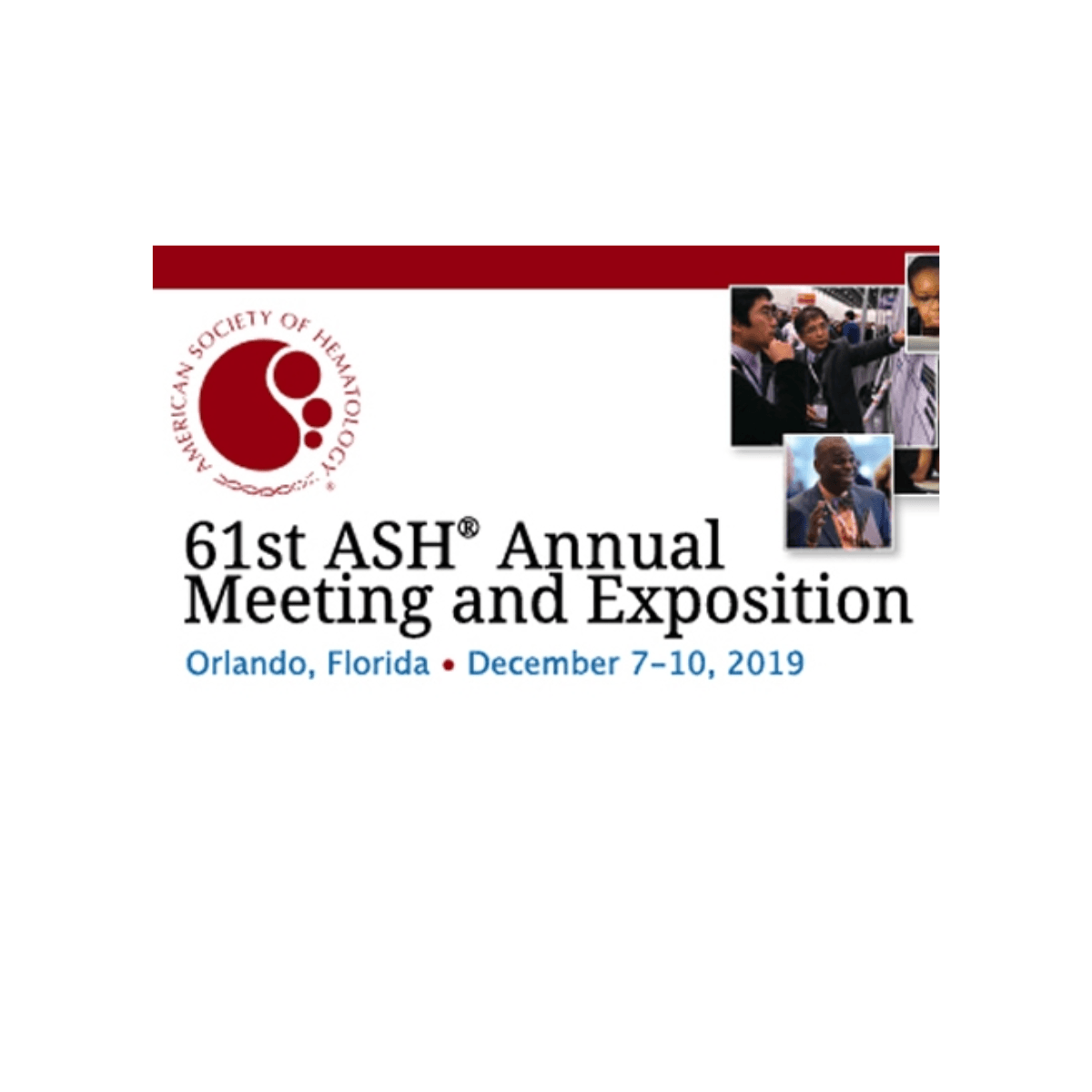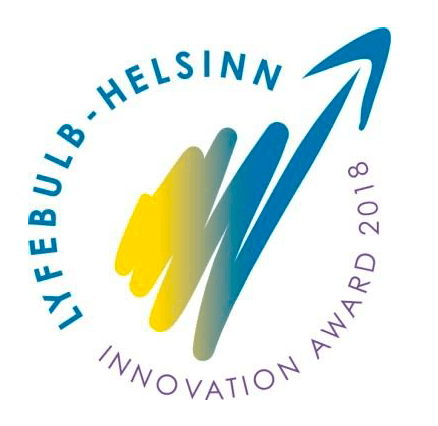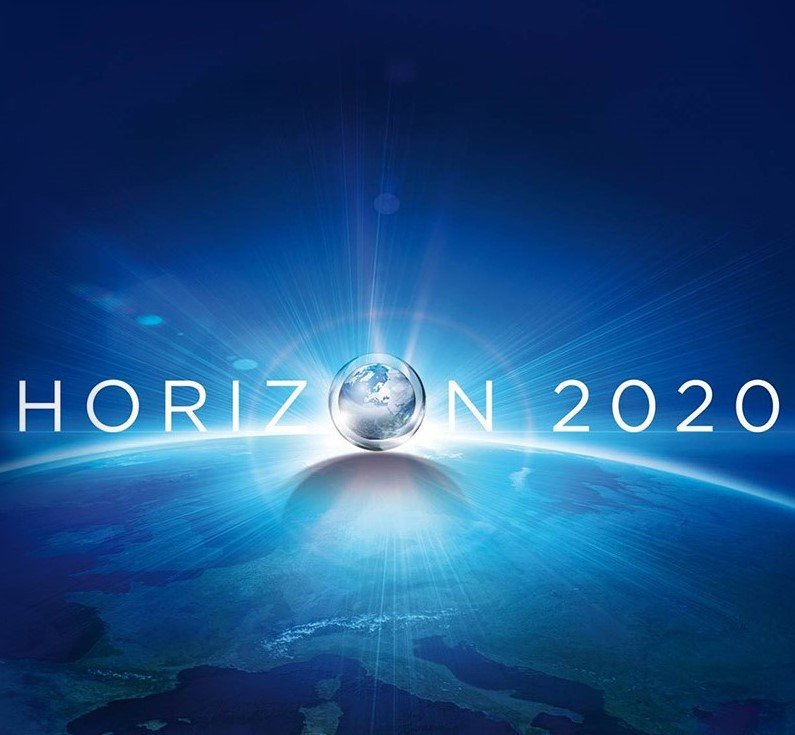
Cellply Introduces Revolutionary High-Throughput Potency Analysis Technique at SITC 39th Annual Meeting
Cellply Introduces Revolutionary High-Throughput Potency Analysis Technique at SITC 39th Annual Meeting

Bologna, Italy, 22 October, 2024 – Cellply S.r.l., a leader in innovative cellular analysis solutions, is unveiling its groundbreaking high-throughput parallel analysis technique for immune cell therapy potency determination at the Society for Immunotherapy of Cancer (SITC) 39th Annual Meeting in Houston, TX, 6-10 November 2024.
“We are pleased to launch this advancement at SITC, and to be providing the scientific community with a powerful new tool that enables more robust analysis with fewer resources,” said Dr Massimo Bocchi, co-founder and CSO at Cellply. “This rapid dose-response based analysis defines the potency of each cell therapy batch in a fully automated fashion, allowing our users to push the boundaries of what’s possible in immune cell therapy research and process development.”
The approach has been validated against current standard methods and will be presented in a poster entitled ‘#125: New High Throughput Parallel Screening Technique for Automatic Creation of Dose-Response Analysis with Multiple Effector:Target Ratios Using Minimal Sample Volumes’ on 8 November 2024.
The novel method utilizes the ability of Cellply’s VivaCyte platform to automatically create miniaturized E:T co-cultures at scale and perform an immune cell killing assay, with minimal sample volumes. Immune-tumour cell interactions are assessed at multiple E:T ratios and corresponding dose-response (D/R) curves auto-generated to determine sample potency. The system supports multiplexed analysis allowing side-by-side comparison of eight different conditions (i.e. edits, donors, processes options etc.) in a single run.
Dr. Laura Rocchi, Head of Biology at Cellply added: “By automating the assay and leveraging advanced microfluidics and AI-powered image analysis, our new technique uses significantly smaller sample volumes than typically required, minimizes hands-on time and optimizes resources. Enabling researchers to explore more conditions in-depth highlights the potential of this approach to contribute to refining therapeutic strategies, paving the way for more personalized and effective cell therapies.”
For more information on the characterization capabilities of VivaCyte visit Booth #739, or see cellply.com








